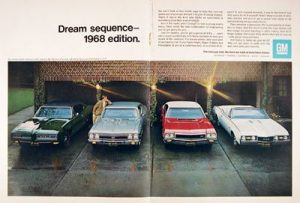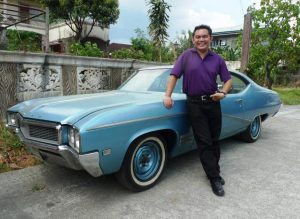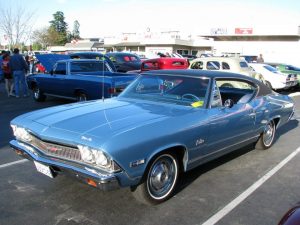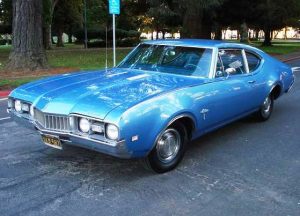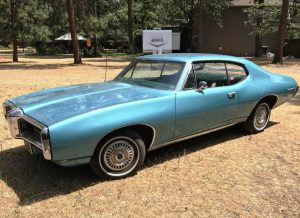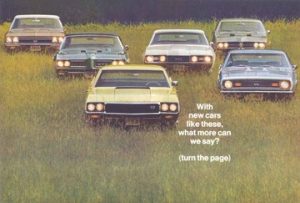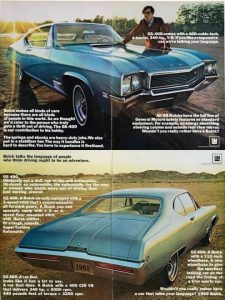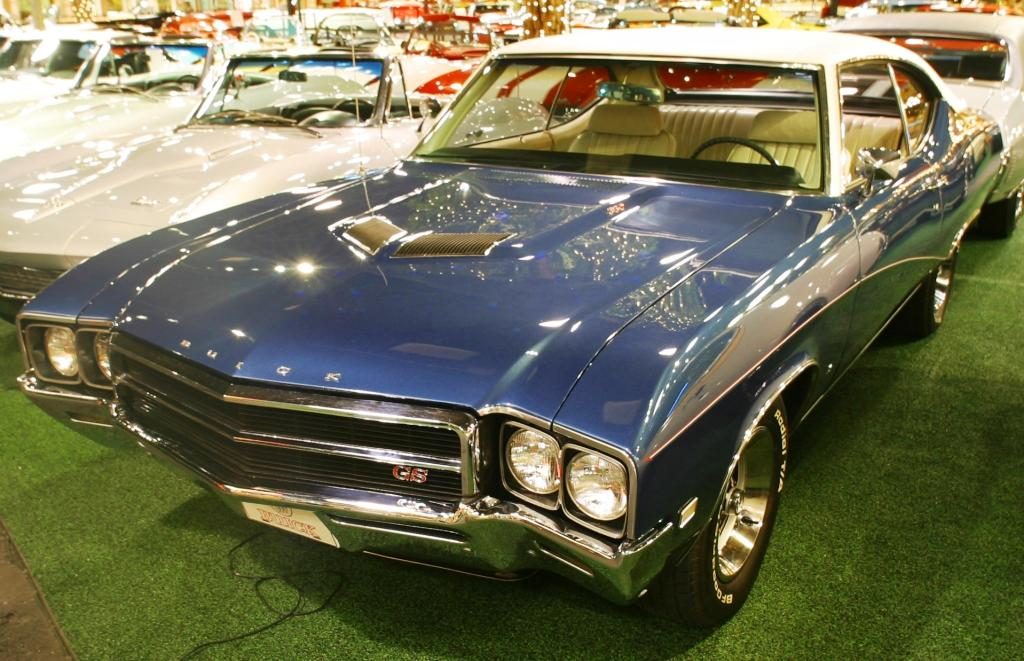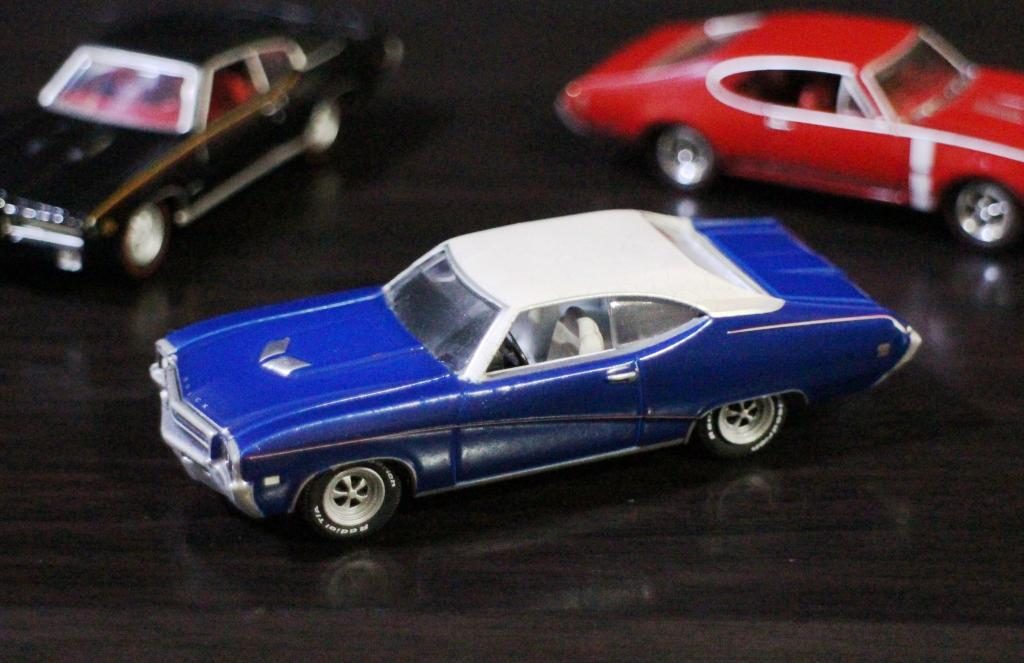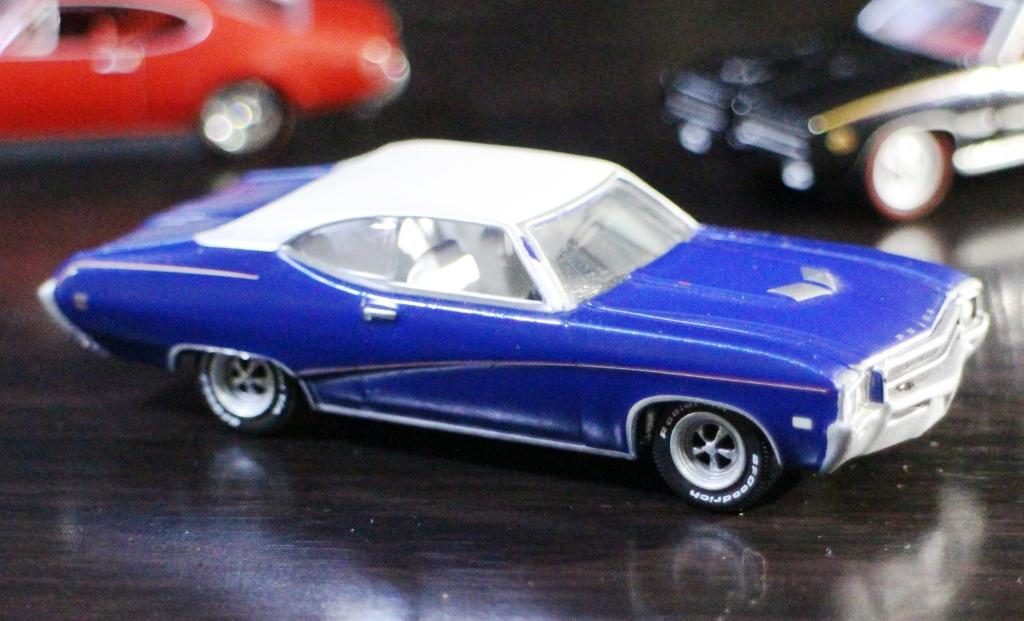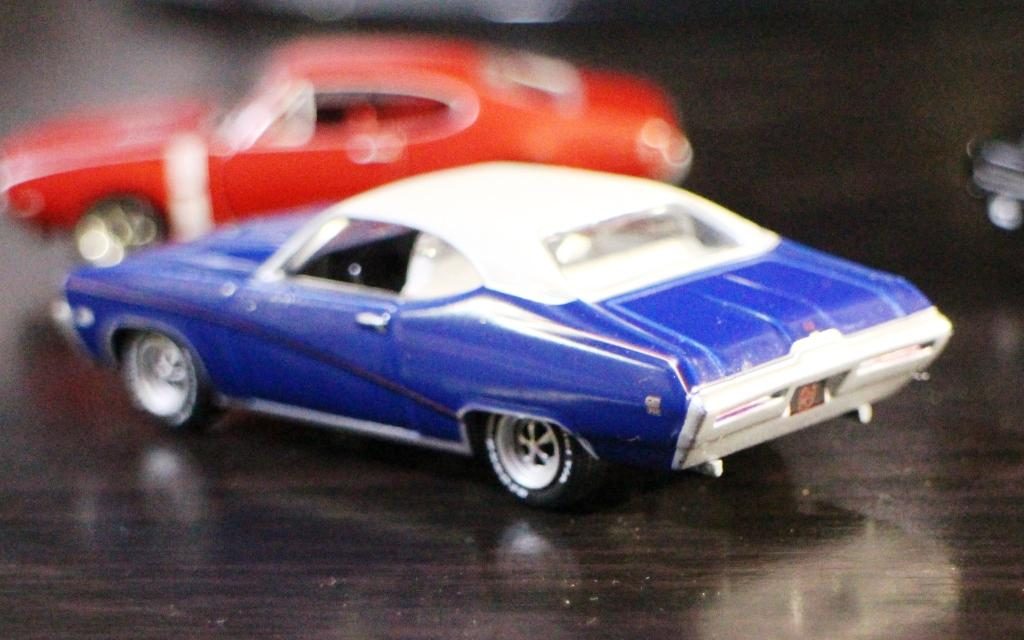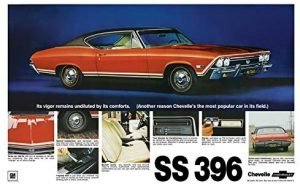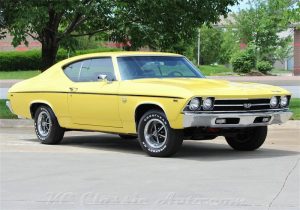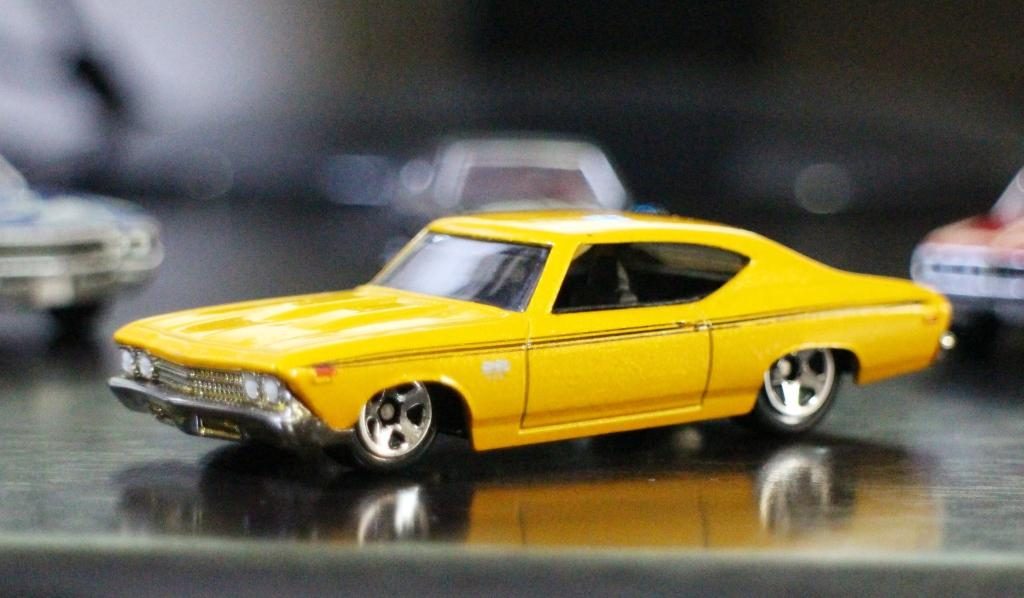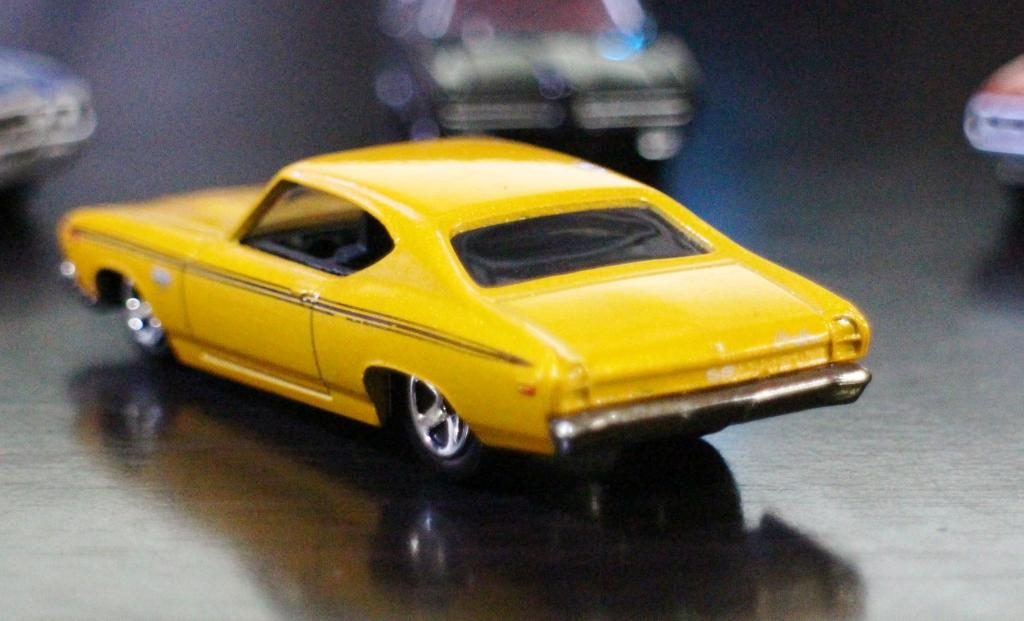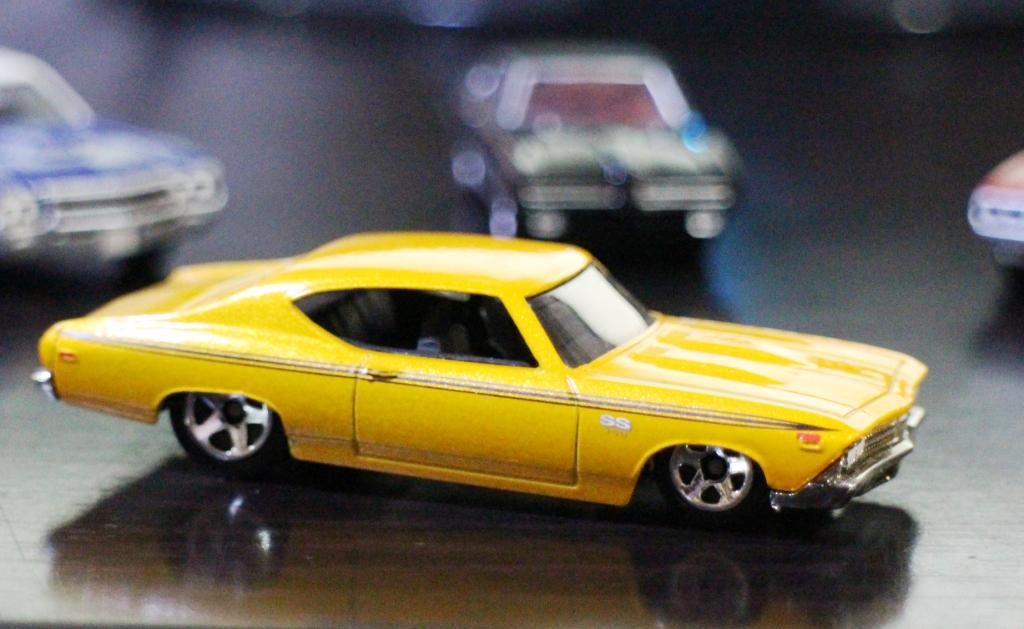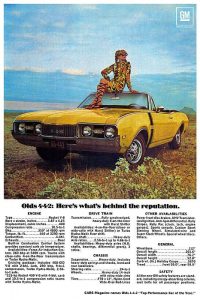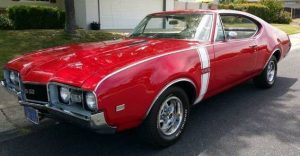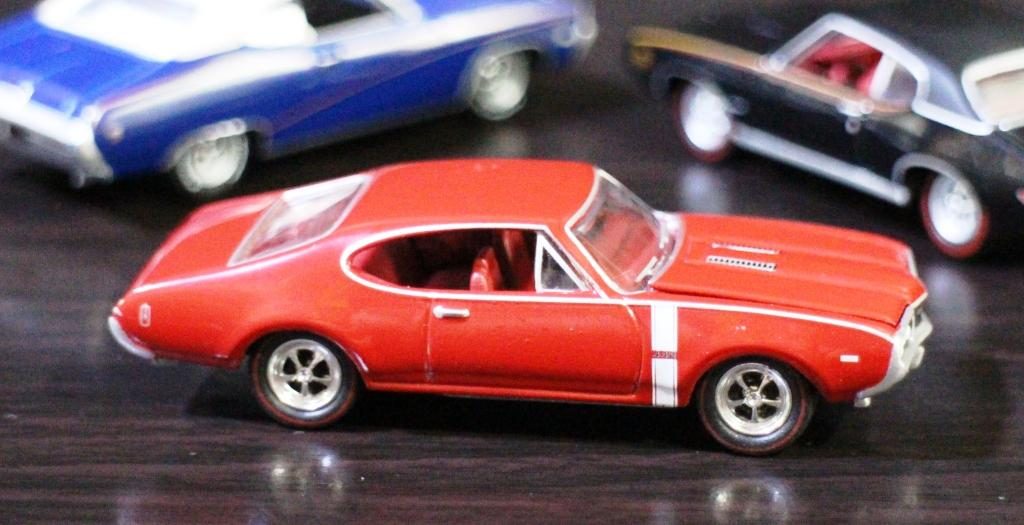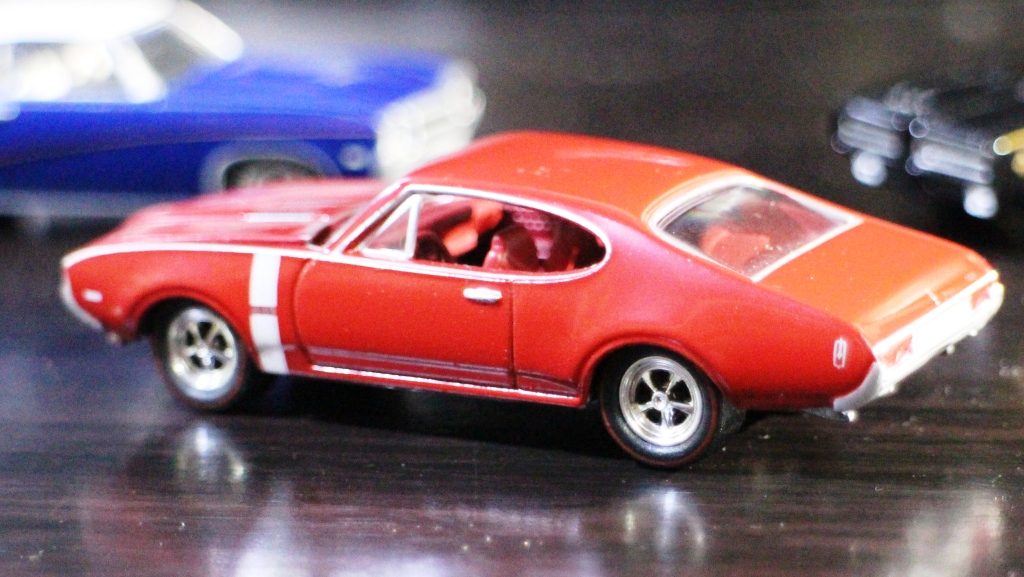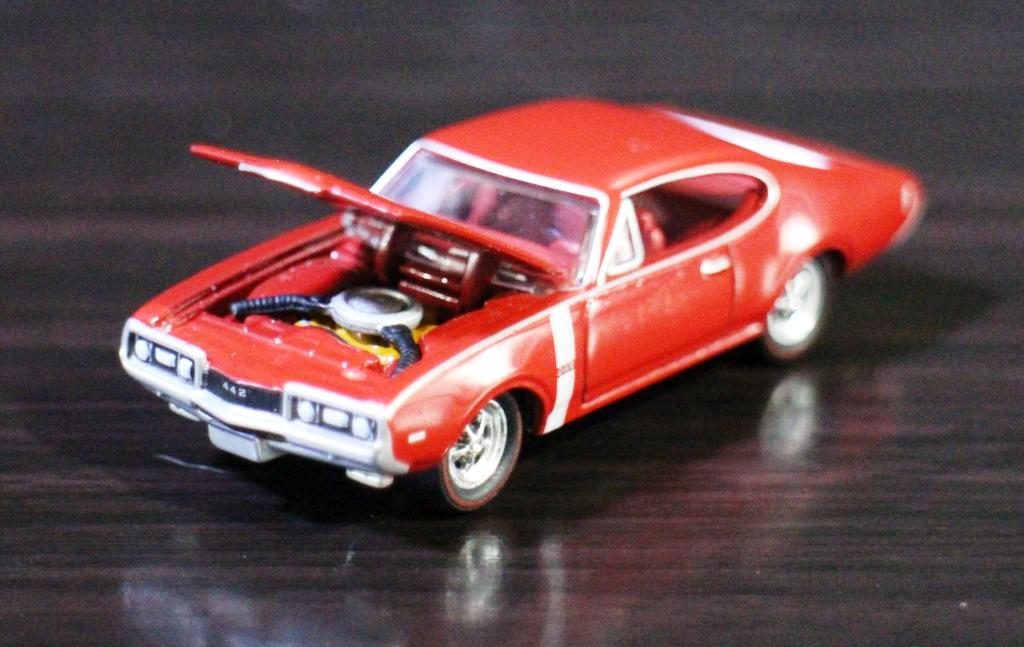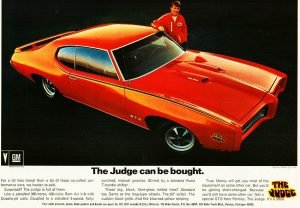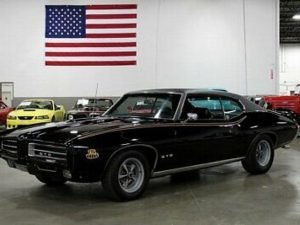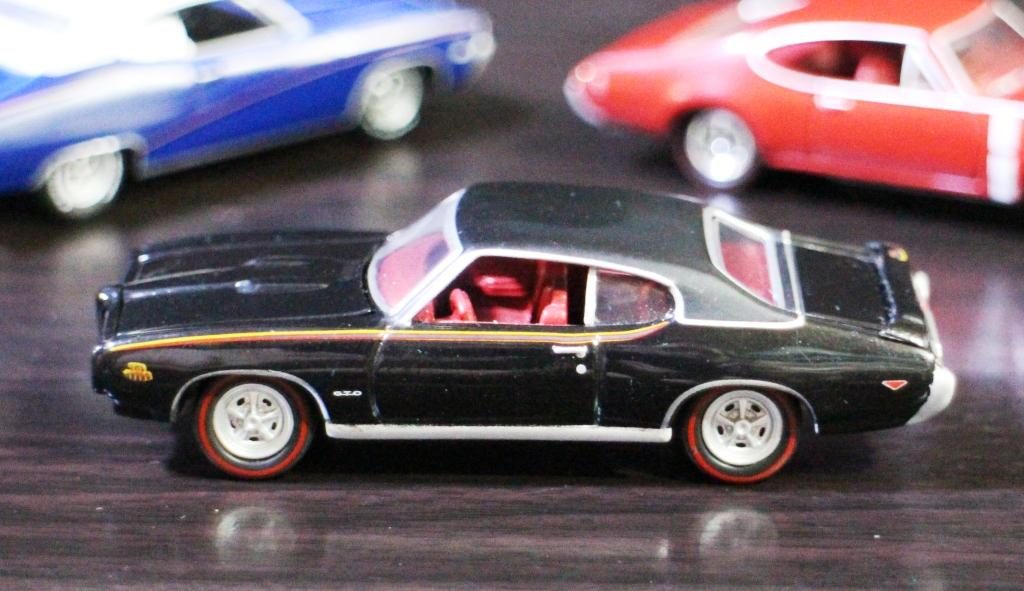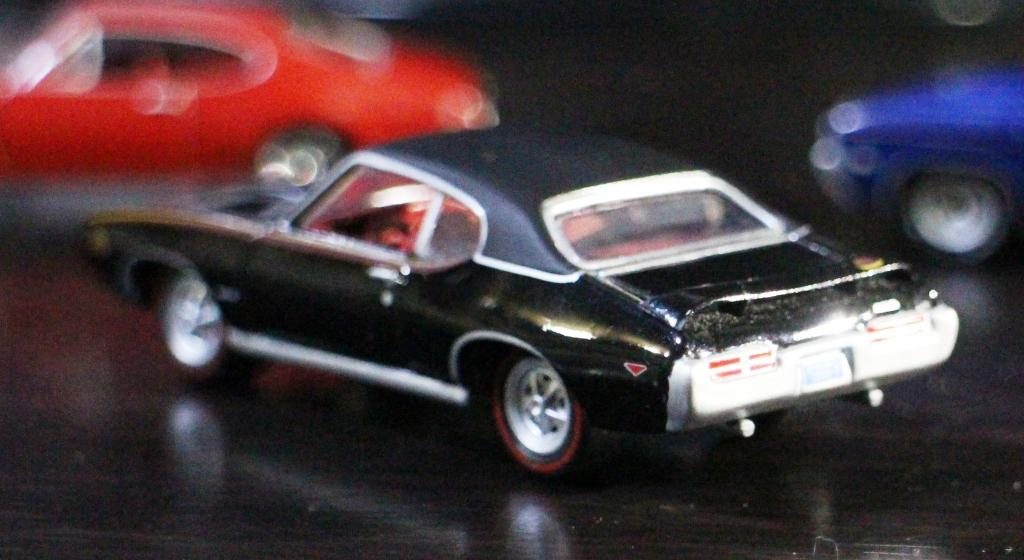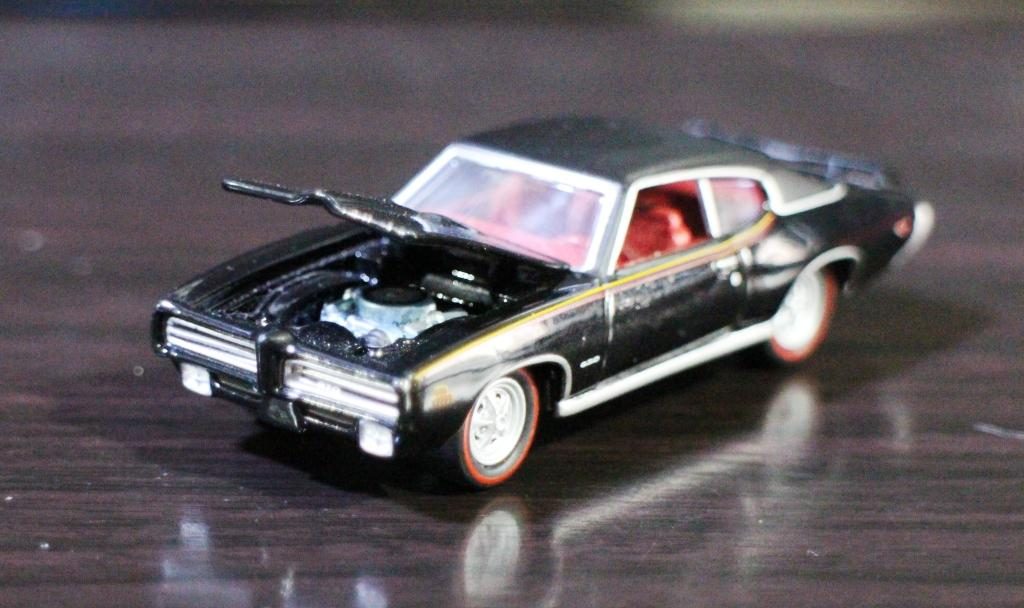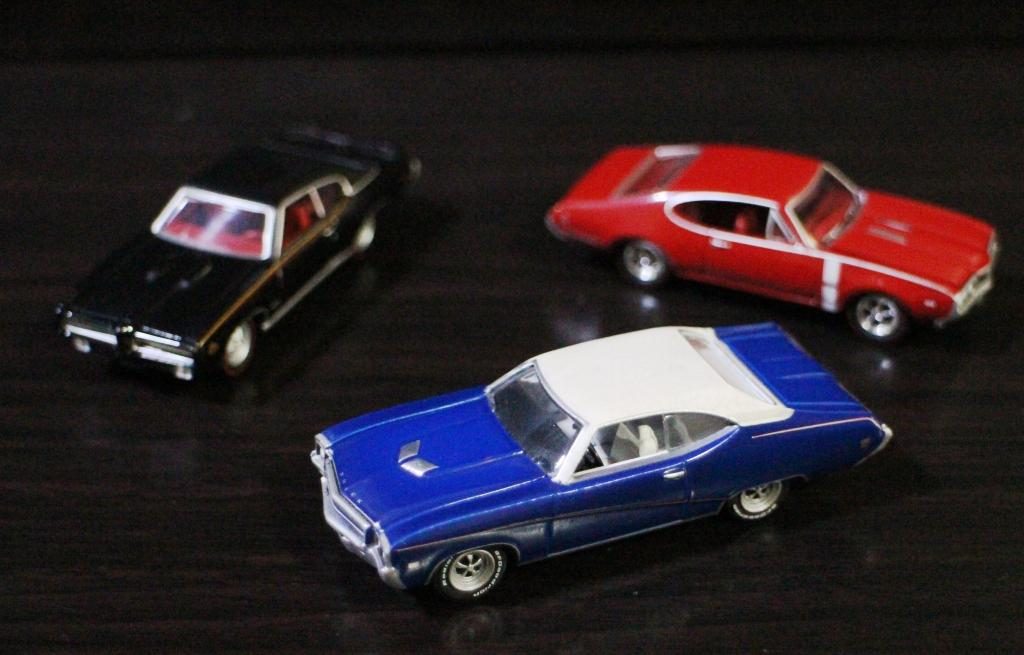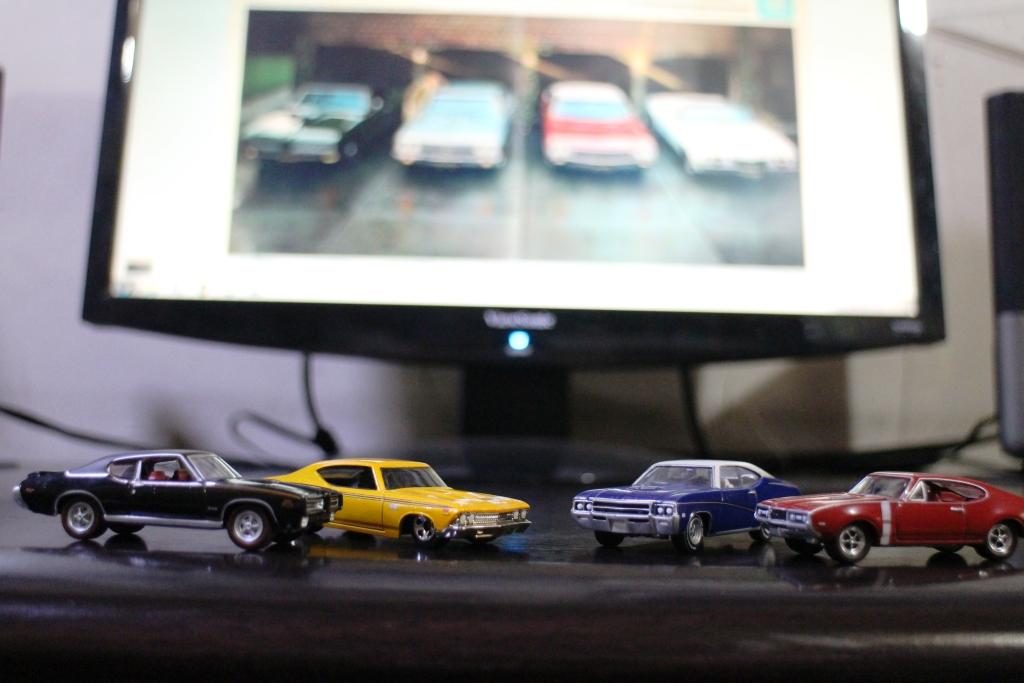In 1968, General Motors (GM) restyled their A-body platform with a more curvaceous, semi-fastback styling, on which the Buick Skylark, Chevrolet Chevelle, Oldsmobile Cutlass, and Pontiac LeMans models were all based. The two-door sedan, hardtop, and convertible variants had a 112-inch wheelbase while the four-door and station wagon variants had a 4-inch longer wheelbase at 116 inches. 1968 A-body 2-door hardtops and convertibles had a vent wing window which was replaced with a one-piece door glass from 1969 to 1972 when GM’s Astro Ventilation system was phased in.
To maintain their hold on the performance market, GM introduced the new muscle cars for each of its automobile divisions: the Buick Grand Sport (GS), the Chevy Chevelle Super Sport (SS), the Oldsmobile 4-4-2, and the Pontiac GTO. However, GM also limited the displacement of the powerful V8 engines in these muscle cars to a maximum of 400 cubic inches or 6.6 liters to keep insurance premiums low.
Buick Gran Sport 400
In 1968 and 1969, Buick offered the GS 400 in convertible or hardtop models. Power came from a 340-horsepower 400-cid Buick V8 that can be tweaked to 350 hp and 440 ft-lbs of torque with the optional Stage 1 kit. Standard equipment include a 4-barrel Rochester Quadrajet carburetor, dual exhausts, 2.93 gear ratio with optional limited slip differential (3.64 Stage 1) and a 3-speed Super Turbine 400 (TH400) automatic transmission.
A 1968 or 1969 GS 400 equipped with the TH400 auto transmission was observed to be faster off the line than most factory muscle cars because of its unusually low first gear. The Ram Air option, where cold air was collected by scoops on the hood and sent to the special air cleaner, became standard on the 1969 Buick GS 400 like our Greenlight 1:64 scale die-cast model. Unfortunately, the hood doesn’t open so we can see if the engine has the Stage 1 option.
Chevrolet Chevelle Super Sport 396
The Chevelle SS 396 was Chevy’s midsize muscle car with a 325 hp Turbo-Jet 396-cid V-8, heavy-duty suspension, F70 x 14 wide-oval tires, and a bench seat interior. The options included bucket seats, power front disc brakes, Positraction, and accent stripes. Power options include the 350-hp L34 396 V8, and the 375-hp L78 with solid lifters, big-port heads, and 800-cfm Holley 4-barrel on a low-rise aluminum manifold.
In 1969, the Chevelle showed only minor changes with revised front-end styling, larger and more vertical tail lamps, smaller side marker lights, and the Astro Ventilation windows. The SS 396 turned into an option package for any 2-door model, like our golden yellow Hotwheels 1:64 scale sport coupe model. Our miniature Chevy was modified into a lowered Pro-Street hot-rod with fat tires wrapped around rear wheels that are bigger and wider than the front. Thankfully, the curvaceous body was left stock.
Oldsmobile 4-4-2 W-30
The 4-4-2 label of Oldsmobile’s muscle car simply meant that the 400-cid V8 had a 4-barrel carburetor, 4-speed transmission, and dual exhausts. It became a separate model from 1968 with the 350 hp V8 and standard 3-speed and optional 4-speed stick shift or 3-speed automatics. The W-30 option increased the power to 360 hp with 4.33 rear end and Ram Air, where intake hoses from special under-bumper air scoops dumps cold air to a chrome-topped dual snorkel black air cleaner.
4-4-2s for 1968 had unique rear bumpers, with exhaust cutouts and special exhaust tips, like the one depicted in our Greenlight 1:64 scale die-cast model car. You can see the faux vents in the hood and the Ram Air scoops under the bumper in our red 4-4-2. The hood opens to show the Ram Air hoses leading to the chrome air cleaner while the interior is finished in red like the body.
Pontiac GTO
For their version of the redesigned GM A-body, Pontiac favored a horizontal headlight layout for their GTO with concealed headlights available at extra cost. The signature GTO hood scoop was replaced by dual scoops on either side of a prominent hood bulge extending rearward from the protruding body-colored Endura front bumper. The standard GTO churns out 350 hp but the Ram Air II package added 10 more power with freer-breathing cylinder heads, round port exhaust, and 041 racing cam.
The 1969 GTO eliminated the front door vent windows and minor revisions including a slight change of the grille and taillight designs. The Ram Air III option upped the power to 366 hp while the new Ram Air IV pushed it to 370 hp and 445 ft-lbs of torque. A new model, The Judge, was launched as a low-cost GTO, like our Greenlight 1:64 die-cast model, and included the Ram Air III engine, Rally II wheels without trim rings, Hurst shifter (with a unique T-shaped handle), wider tires, various decals, and a rear spoiler.
To see other scale model cars and motorcycles that we have previously posted here in the Power Wheels website, please click “The Rack” button on the header bar near the top right of your screen (if you’re using a PC, laptop or tablet), or type “The Rack” on the Search bar (if you’re using a mobile phone). Because the Enhanced Community Quarantine (ECQ) was extended until the end of May, we can’t leave home to review actual vehicles, Thus, we’ll stick to reviewing the miniature cars in our collection. We hope you’re enjoying our reviews and are encouraged to stay safe by staying home until the authorities deem it safe to go out. Help flatten the curve of the infection rate by doing your part. Together, we can beat COVID-19!
 Power Wheels Magazine A Notch Above
Power Wheels Magazine A Notch Above

